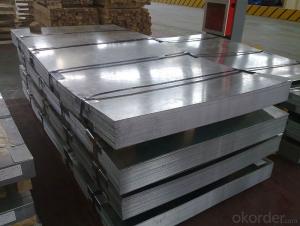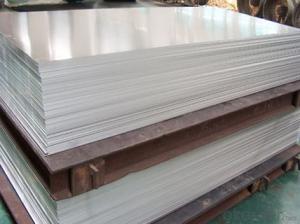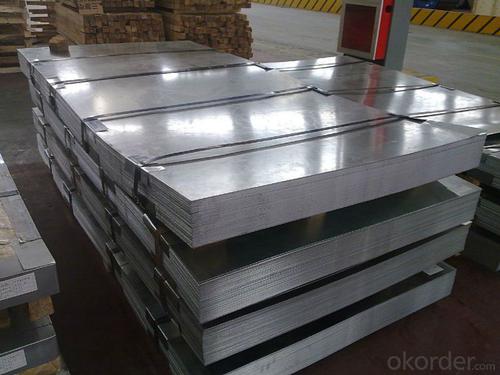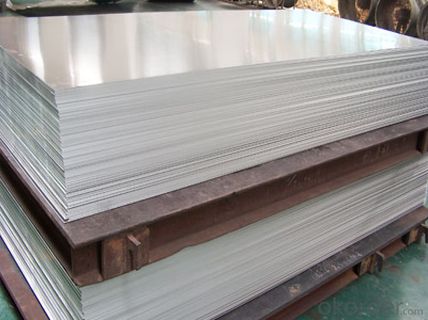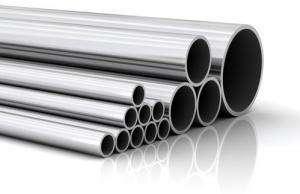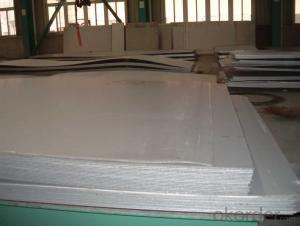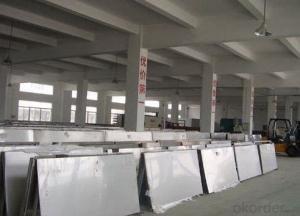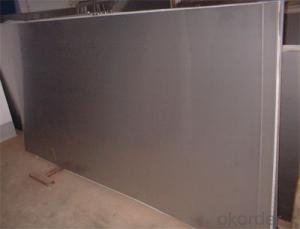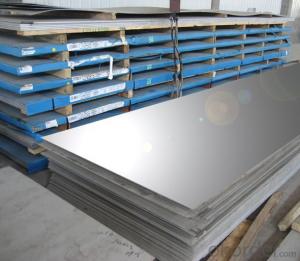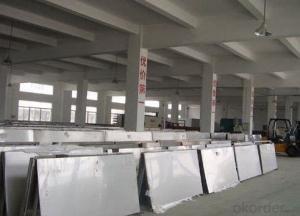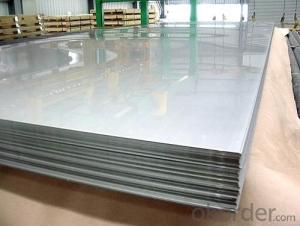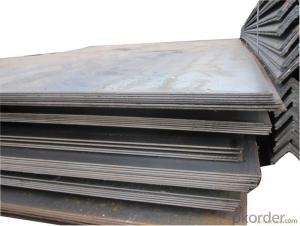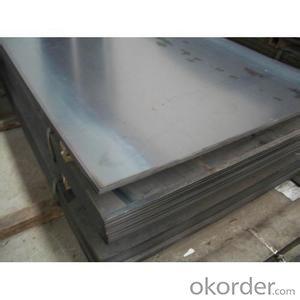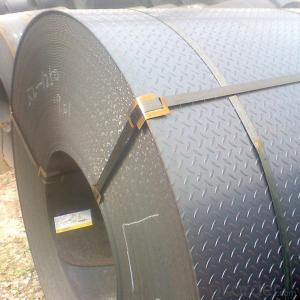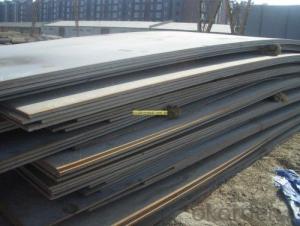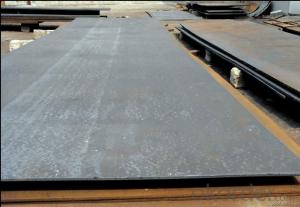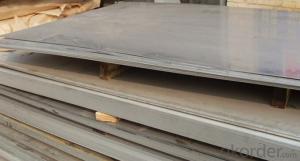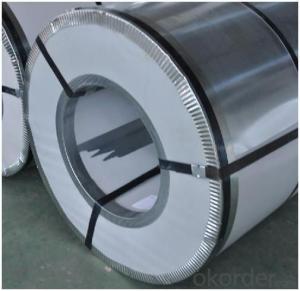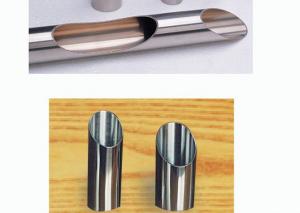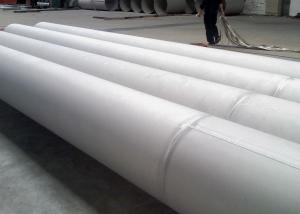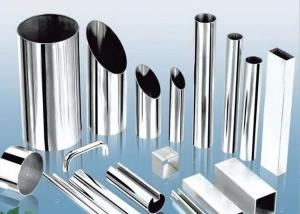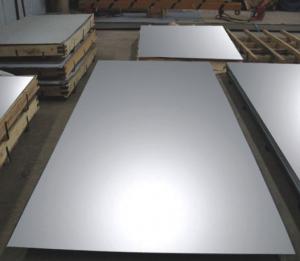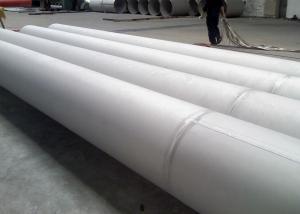Hot Rolled Stainless Alloy Carbon Mild Steel Plate/Steel Sheet
- Loading Port:
- Tianjin
- Payment Terms:
- TT OR LC
- Min Order Qty:
- 5 m.t.
- Supply Capability:
- 10000 m.t./month
OKorder Service Pledge
OKorder Financial Service
You Might Also Like
Specification
Hot Rolled Stainless Alloy Carbon Mild Steel Plate/Steel Sheet
Quick Details
Standard: | AISI, ASTM, BS, GB, JIS | Grade: | Hot rolled stainless alloy carbon mild steel plate/steel sheet | Thickness: | 0.01~200mm |
Place of Origin: | China (Mainland) | Brand Name: | CNBM | Model Number: | ASTM A36,304,304L,316,316L,430,Q235,10,20Mn,50Mn,SS400,etc. |
Type: | Steel Plate | Technique: | hot rolled, cold rolled | Surface Treatment: | Coated |
Application: | Boiler Plate | Special Use: | High-strength Steel Plate | Width: | 100~3500mm |
Length: | 2m,2.44m,3m,6m,8m,12m, or as required. | Surface: | Black painted,PE coated,Galvanized,color coated,etc. | Export to: | Singapore, Canada, Indonesia, Korea, USA, UK,etc. |
Item: | Hot rolled stainless alloy carbo |
Description
1. | Item | Steel plate | ||
2. | Stainless steel plate (hot rolled, cold rolled) | Standard | ASTM A167,ASTM A240,ASTM A480,ASTM A176, etc | |
Material | 304,,304L,304LN,304N,301,302,309,309S,310, 310S,316,316L,316TI,316LN,316N,317,317L,321, 321H,347,347H,201,202,405,409L,410,420, 430,439,904L,etc | |||
Specifications | Width | 1000mm,1219mm,1500mm,1800mm,2000mm, 2500mm,3000mm,3500mm, or as required | ||
Thickness | 0.01mm~220mm | |||
Length | 2m,2.44m,3m,6m,8m,12m, or as required | |||
Surface | 2B,2D,BA,NO.1,NO.4,NO.8,mirror,checkered, embossed,hair line,sand blast,Brush,etching,etc | |||
3. | Alloy steel plate (hot rolled, cold rolled) | Standard | ASTM A387,EN10028-2-2003,JIS G4109-2003,ASTM A542, etc | |
Material | SA 516,GR 70, GR 50, A572, GR.11,GR.22,GR.1,GR2, GR.5,GR.9,GR.91,etc | |||
Specifications | Width | 100mm~3500mm | ||
Thickness | 0.3mm~500mm | |||
Length | 2m,2.44m,3m,6m,8m,12m, or as required | |||
Surface | Black painted,PE coated,Galvanized,color coated, anti rust varnished,anti rust oiled,etc | |||
4. | Carbon steel plate | Standard | ASTM,AISI,EN,BS,JIS,GB | |
Material | Q235,10,20Mn,50Mn,SS400,S10C,S55C,S355,S275, St37,A36,A283,A285,1010,1050,1C22,1C25, 1C30,1C40,1C45,1C35,1C40,1C45,1C50,1C55, S235,etc | |||
Specifications | Width | 100mm~3500mm | ||
Thickness | 0.3mm~300mm | |||
Length | 2m,2.44m,3m,6m,8m,12m, or as required | |||
Surface | Varnished,PE coated,galvanized,color coated, checkered | |||
5. | Price term | Ex-work,FOB,CIF,CFR,etc | ||
6. | Payment term | T/T,L/C,Western Union,etc | ||
7. | MOQ | 5mt | ||
8. | Delivery time | Prompt delivery, or as order’s quantity | ||
9. | Package | Export standard package,suit for all kinds of transport, or as required. | ||
10. | Export to | Singapore,Indonesia,Ukraine,Saudi Arabia,Spain,Canada,USA,Brazil,Thailand, Korea,Iran,India,Egypt,Oman,Malaysia,Bangladesh,Dubai,Kuwait,Mexico,etc | ||
Container Loading Capacity
Container Loading Capacity | |||||
Type | Length | Width | Height | Volume | Max Weight |
20FT GP | 5.8m | 2.13m | 2.18m | 24-26 CBM | 25 MT |
40FT GP | 11.8m | 2.13m | 2.18m | 54 CBM | 25 MT |
40FT HP | 11.8m | 2.13m | 2.72m | 68 CBM | 26 MT |
According to the quantity or volume,you can choose! | |||||
FCL(full container load); LCL(less than container load); or Bulk-cargo. | |||||
Picture
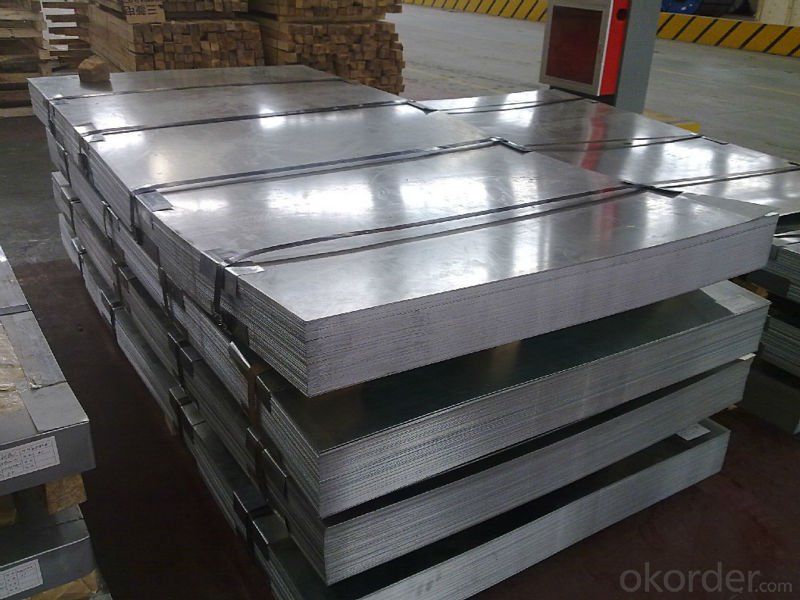
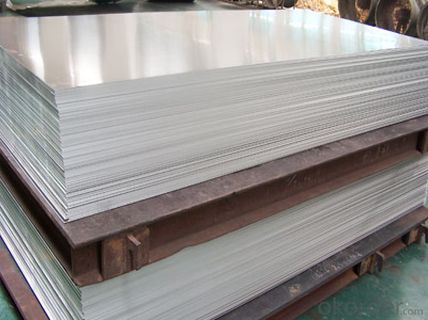
- Q: What is the difference between the stainless steel plate and the second board?
- Stainless steel plate is the thickness of the material to be within the specified dimensions, for example, Lianzhong stainless steel plate, uniform thickness, usually 1 suffix, such as 0.51, so just have 0.5; and the rolling material generally only 0.5, or in 0.49, thinner in 0.45.
- Q: What are stainless steel sheets used for?
- Stainless steel sheets serve a multitude of purposes in diverse industries. Their outstanding resistance to corrosion, durability, and attractive appearance make them highly sought after in both commercial and residential settings. Within the construction field, these sheets are utilized for roofing, cladding, and facades due to their ability to withstand harsh environmental conditions while providing a contemporary and sleek look. In the automotive industry, they are frequently employed in the construction of car bodies, exhaust systems, and decorative trims. Furthermore, stainless steel sheets find extensive use in the food and beverage sector, where their hygienic qualities make them ideal for kitchen equipment, countertops, and food processing machinery. Additionally, they are widely used in medical equipment, pharmaceuticals, and laboratory settings due to their resistance to corrosion and ease of cleaning. They are also employed in furniture, appliances, signage, and for decorative purposes, as they can be easily customized and molded into various shapes and sizes. All in all, stainless steel sheets are an adaptable material that fulfills a diverse array of requirements in different industries, owing to their strength, durability, and corrosion resistance properties.
- Q: Can stainless steel sheets be used for medical implants?
- Yes, stainless steel sheets can be used for medical implants. Stainless steel is commonly used in medical implants due to its excellent corrosion resistance, high strength, and biocompatibility. It is often utilized for orthopedic implants, dental implants, and various surgical instruments.
- Q: What's the drill for stainless steel?
- And the feed amount is greater than 0.15mm, so as not to cut the cold work hardening layer as much as possible. The cutting speed is as low as possible to reduce the cutting temperature.
- Q: Are stainless steel sheets resistant to UV rays?
- Yes, stainless steel sheets are resistant to UV rays. Stainless steel is known for its durability and corrosion resistance, and this extends to its ability to withstand exposure to UV rays. The chromium content in stainless steel forms a protective oxide layer on the surface, which helps prevent the metal from oxidizing or corroding when exposed to sunlight. This oxide layer acts as a barrier that shields the stainless steel from UV rays, making it highly resistant to the damaging effects of prolonged sun exposure. Therefore, stainless steel sheets are an excellent choice for outdoor applications where UV resistance is a requirement, such as roofing, cladding, and architectural elements.
- Q: Are stainless steel sheets safe for medical applications?
- Yes, stainless steel sheets are safe for medical applications. They are widely used in the medical industry due to their excellent corrosion resistance, biocompatibility, and durability. Stainless steel is easy to clean, sterilize, and maintain, making it suitable for surgical instruments, medical devices, and equipment used in healthcare settings.
- Q: Are stainless steel sheets resistant to sulfuric acid?
- Yes, stainless steel sheets are generally resistant to sulfuric acid.
- Q: Are stainless steel sheets suitable for high-temperature environments?
- Stainless steel sheets are generally considered suitable for high-temperature environments. The reason for this is that stainless steel possesses exceptional heat resistance and retains its structural integrity even at elevated temperatures. The maximum temperature resistance of stainless steel depends on the specific grade used. Austenitic stainless steel varieties, such as 304 and 316, can endure temperatures as high as 870°C (1600°F). In contrast, ferritic stainless steel, like 430, has a slightly lower maximum temperature limit of approximately 760°C (1400°F). Moreover, the corrosion resistance, durability, and ease of maintenance of stainless steel sheets make them a popular choice for high-temperature applications.
- Q: Are stainless steel sheets resistant to high-pressure environments?
- Yes, stainless steel sheets are highly resistant to high-pressure environments. Stainless steel is a strong and durable material that can withstand the pressure exerted by various industrial processes, such as hydraulic systems, chemical processing plants, and oil and gas pipelines. It is known for its excellent tensile strength and ability to maintain its structural integrity even under extreme pressure conditions. Additionally, stainless steel is also resistant to corrosion, which further enhances its suitability for high-pressure environments where exposure to moisture or chemicals is common. Overall, stainless steel sheets are widely used in industries that require materials capable of withstanding high-pressure conditions due to their exceptional strength and resistance properties.
- Q: How do you prevent rusting on stainless steel sheets?
- To prevent rusting on stainless steel sheets, you can implement a few preventive measures such as keeping the sheets clean and dry, avoiding exposure to corrosive substances, applying a protective coating or passivation treatment, and ensuring proper ventilation to minimize moisture buildup.
Send your message to us
Hot Rolled Stainless Alloy Carbon Mild Steel Plate/Steel Sheet
- Loading Port:
- Tianjin
- Payment Terms:
- TT OR LC
- Min Order Qty:
- 5 m.t.
- Supply Capability:
- 10000 m.t./month
OKorder Service Pledge
OKorder Financial Service
Similar products
Hot products
Hot Searches
Related keywords
